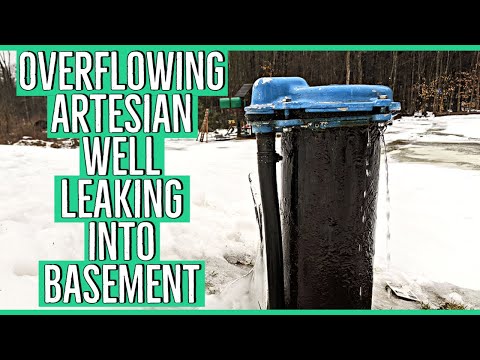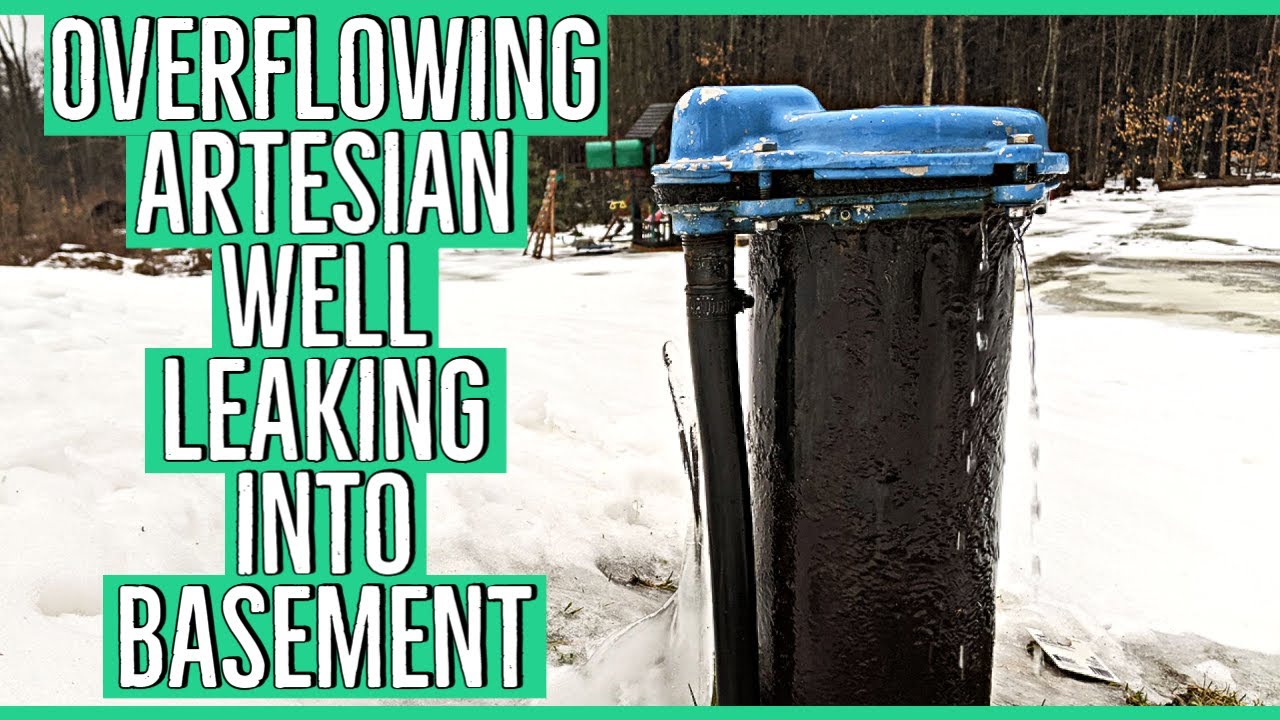Discover Effective Solutions for Dealing with an Overflowing Well Cap When it comes to maintaining a well, an overflowing well cap can be a frustrating and potentially hazardous issue. If you find yourself facing this problem, fear not! We have the answers you need to resolve this situation swiftly and efficiently. Firstly, it is crucial to identify the underlying cause of the overflow. Is it due to heavy rain or a malfunctioning valve? Once you understand the root of the issue, you can implement the appropriate solution. Prevention is key, so consider installing a larger-capacity well cap or implementing a well cover to protect against excess water infiltration. These simple measures can significantly reduce the risk of an overflowing well cap in the future. If you are already grappling with an overflow, here are a few immediate steps to take. Begin by turning off the well pump to prevent further water flow. Then, remove any debris or blockages around the well cap area. Clearing away any obstructions will help alleviate the overflow. Next, contact a professional well technician who can inspect the system and address any underlying issues causing the overflow. Remember, it is crucial to rely on experts to handle complex well problems, as they possess the necessary knowledge and tools to rectify the situation effectively. Don’t let an overflowing well cap dampen your spirits! By following these steps, you can restore your well system to its optimal functioning and ensure a clean, reliable water supply for your home.

What to do with Overflowing Well Caps
| Issue | Possible Causes | Solutions |
|---|---|---|
| Overflowing Water | – Heavy rainfall – High water table – Malfunctioning pump – Clogged discharge pipe |
– Install a larger-capacity pump – Raise the well cap height – Clear the discharge pipe – Install a check valve |
| Foul Odor | – Bacterial growth – Decomposing organic matter – Inadequate ventilation |
– Shock chlorinate the well – Install an aeration system – Ensure proper venting |
| Pest Infestation | – Improperly sealed well cap – Nearby rodent activity – Lack of preventive measures |
– Seal the well cap tightly – Set up deterrents around the well – Regularly inspect and maintain the well cap |
| Corroded Well Cap | – Age of the well cap – Exposure to harsh elements – Lack of routine maintenance |
– Replace the well cap with a corrosion-resistant material – Apply protective coatings – Implement regular maintenance schedule |
“From Deluge to Dryness: Taming the Torrential Artesian Well in Your Basement”
What to Do with an Overflowing Well Cap?
When you notice that your well cap is overflowing, it is important to take immediate action to prevent any further damage or contamination to your well. A malfunctioning well cap can lead to various issues such as water pollution, reduced water quality, and even potential health risks. Here, we will discuss five compelling steps to address an overflowing well cap and ensure the safety of your water supply.
Step 1: Assess the Situation
The first thing you should do when you notice an overflowing well cap is to carefully assess the situation. Observe the water flow and try to identify any possible causes. Is the overflow constant or intermittent? Is the water clear or does it contain sediment or discoloration? Understanding the nature of the overflow will help you determine the appropriate actions to take.
Step 2: Shut Off the Power
If you have determined that the overflow is due to a malfunctioning pump, it is crucial to turn off the power to your well immediately. This can be done by switching off the circuit breaker specifically designated for your well. By cutting off the power supply, you prevent the pump from continuously pumping water, which could exacerbate the overflowing issue.
Step 3: Call a Professional
Dealing with a malfunctioning well cap can be complex and potentially dangerous, especially if you are not familiar with well systems. In such cases, it is highly recommended to call a professional well contractor or plumber. They have the expertise and specialized equipment to diagnose the problem accurately and provide appropriate solutions. Attempting to fix the issue yourself without proper knowledge may lead to further damage or compromise the safety of your water supply.
Step 4: Address Potential Contamination
When your well cap overflows, it could indicate contamination of your water supply. If the overflowing water appears discolored or contains sediment, it is essential to avoid using any water from the well until the issue is resolved. Using contaminated water can pose health risks, so it’s better to be safe than sorry. In the meantime, consider using bottled water or an alternate water source for your household needs.
Step 5: Regular Maintenance and Inspection
Prevention is always better than cure, and the same applies to well caps. Regular maintenance and inspection of your well system can help identify and address potential issues before they escalate. Schedule periodic professional inspections to ensure that your well cap is in good condition and functioning properly. Additionally, keep an eye out for any signs of overflowing, strange noises, or changes in water quality, as these may indicate an underlying problem that needs attention.
In conclusion, an overflowing well cap requires immediate attention to prevent further damage and safeguard the quality of your water supply. Remember to assess the situation, shut off the power, and call a professional to diagnose and fix the problem. Address any potential contamination by avoiding the use of water from the well until the issue is resolved. Lastly, prioritize regular maintenance and inspection to avoid future well cap issues. By following these steps, you can ensure the safety and efficiency of your well system for years to come.
What to do with overflowing well cap:
Frequently Asked Questions
What should I do if my well cap is overflowing?
1. Turn off the pump: The first thing you should do is turn off the pump that is supplying water to your well. This will help reduce the flow of water and prevent further overflow.
2. Check the water level: Take a look at the water level in your well to determine if it is higher than usual. If the water level is excessively high, it could indicate a problem with the pump or other components of the well system.
3. Inspect the well cap: Carefully examine the well cap for any signs of damage or blockage. Make sure that the cap is securely in place and not allowing any debris or contaminants to enter the well.
4. Contact a professional: If you are unsure about how to address the overflowing well cap or if you notice any major issues, it is recommended to contact a professional well contractor. They will have the expertise and equipment to diagnose and fix the problem effectively.
Remember, it is crucial to address an overflowing well cap promptly to protect the quality and safety of your water supply.
Can I fix an overflowing well cap myself?
Attempting to fix the problem without proper expertise can potentially lead to further damage or contamination. It is best to contact a professional well contractor who can assess the situation, identify the underlying cause, and provide the appropriate solution.
Remember, the safety and quality of your water supply should always be a priority, so it is advisable to rely on professionals in these situations.
What are the potential causes of an overflowing well cap?
1. High water table: If the water table in your area is high, it can cause the well to fill up quickly and result in an overflowing cap.
2. Pump malfunction: A malfunctioning pump or pressure switch can cause the well to continuously pump water, leading to an overflowing cap.
3. Blockage or damage: Debris, sediment, or damage to the well components can obstruct the flow of water, causing it to back up and overflow from the well cap.
4. Improper installation: If the well cap was not installed correctly, it can lead to leaks or inadequate sealing, resulting in an overflowing cap.
These are just a few possible causes, and it is important to consult with a professional well contractor to accurately diagnose the problem and determine the best course of action for your specific situation.

